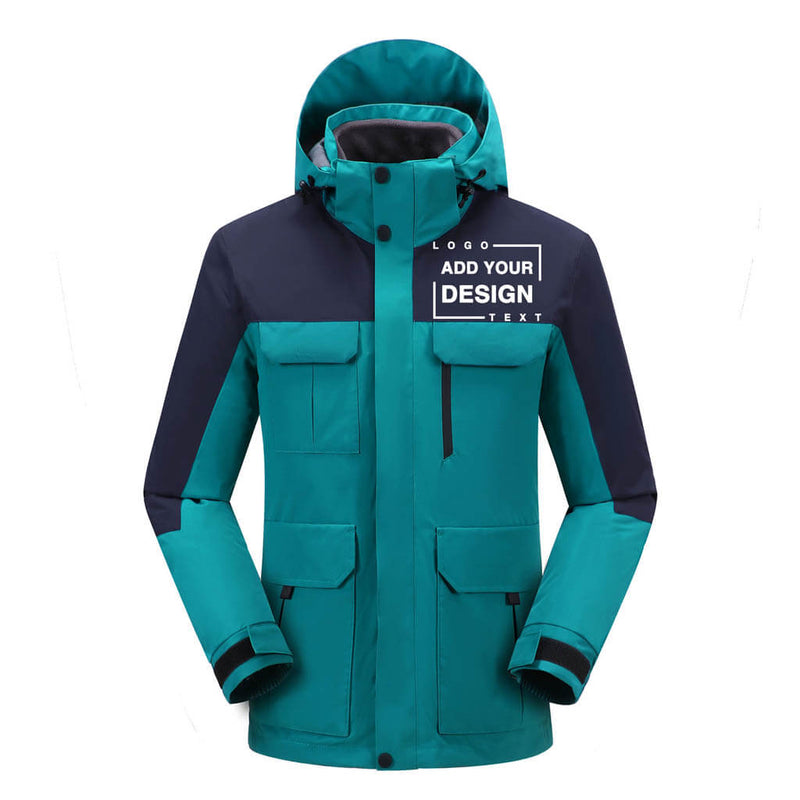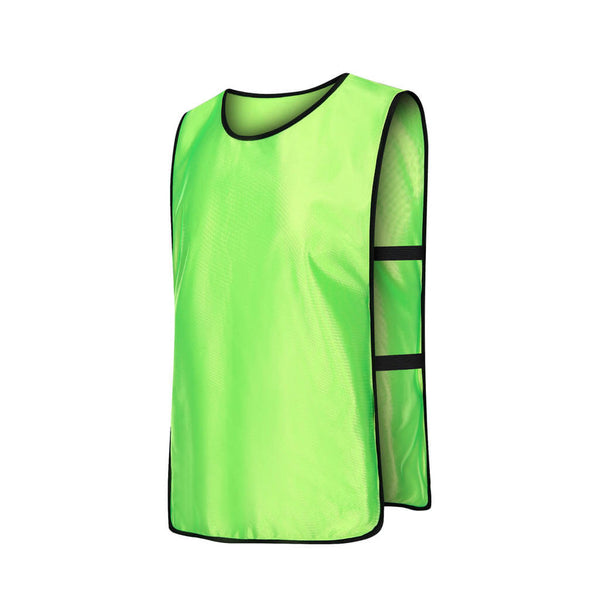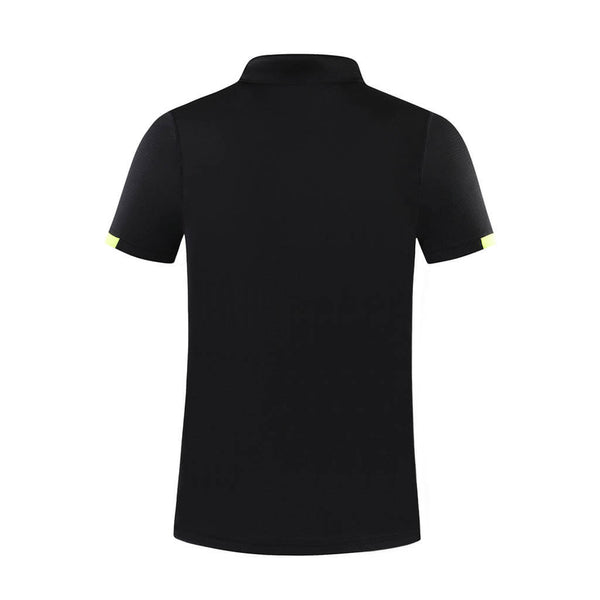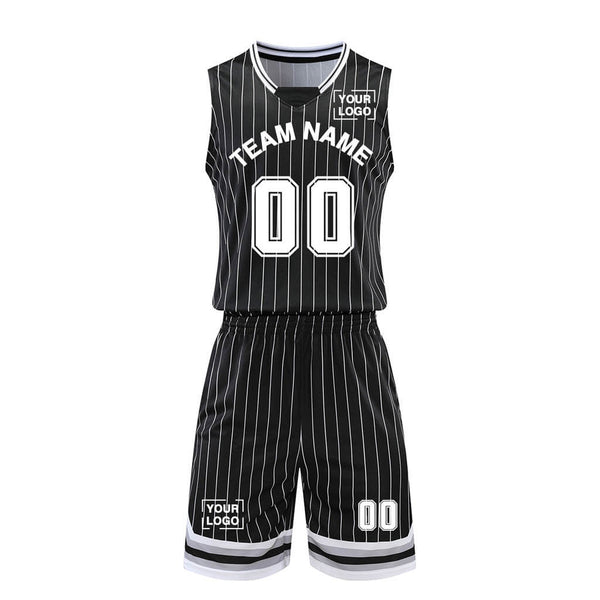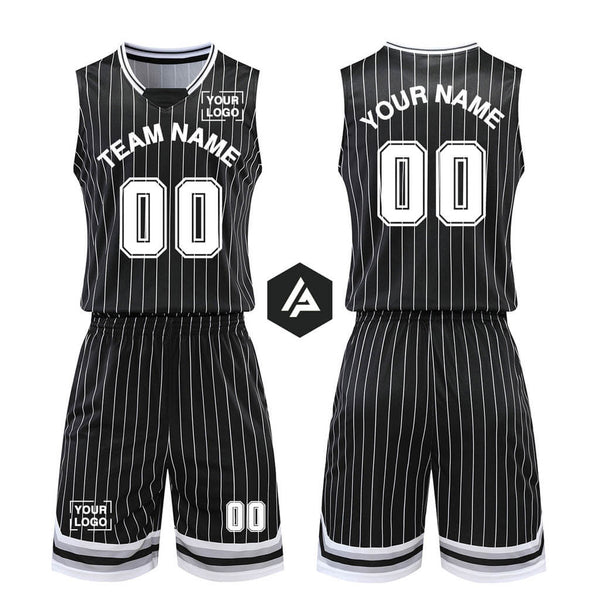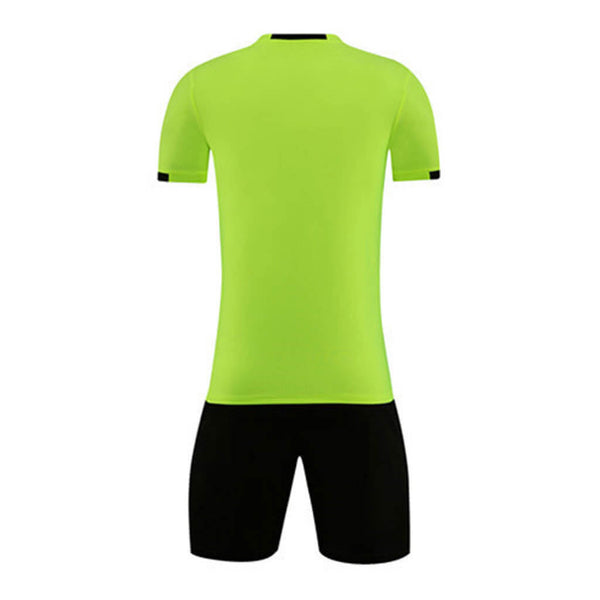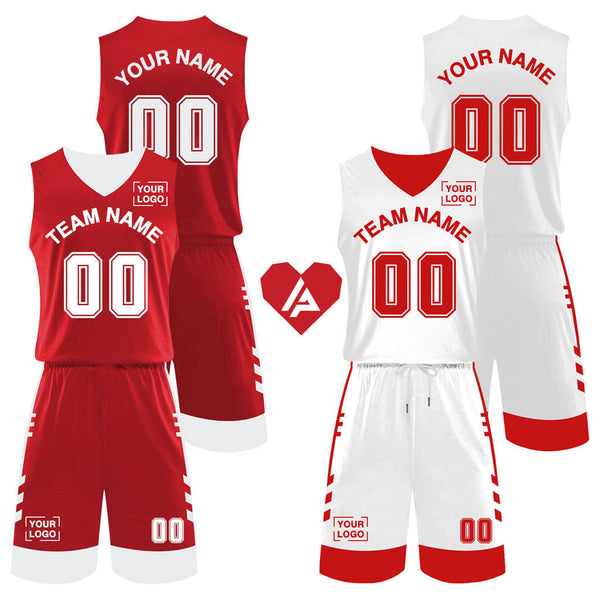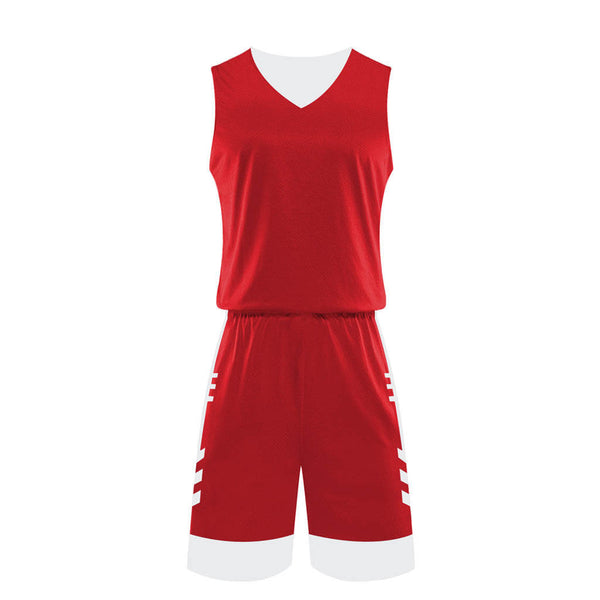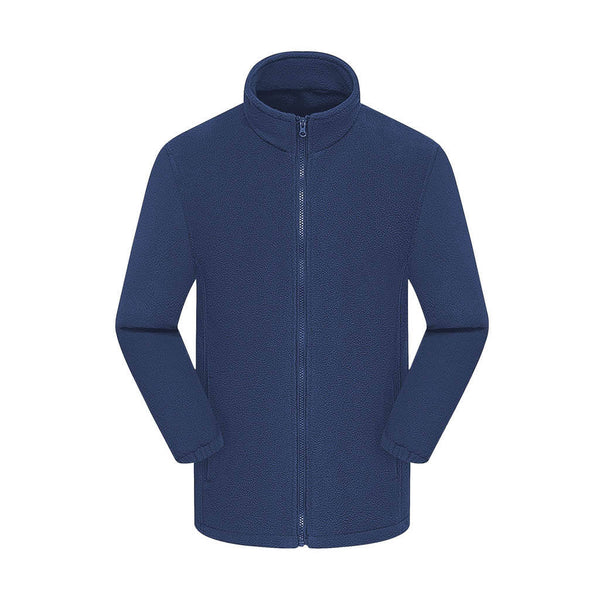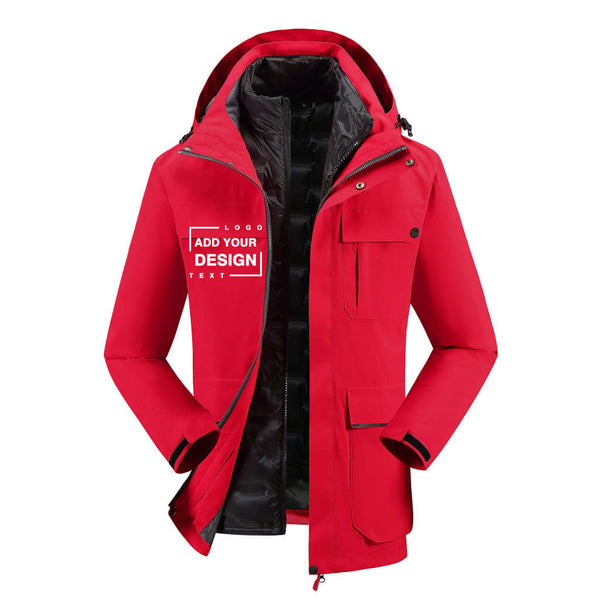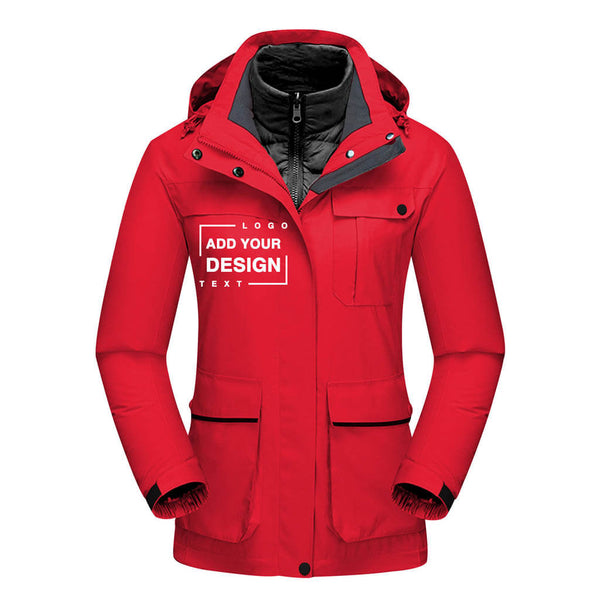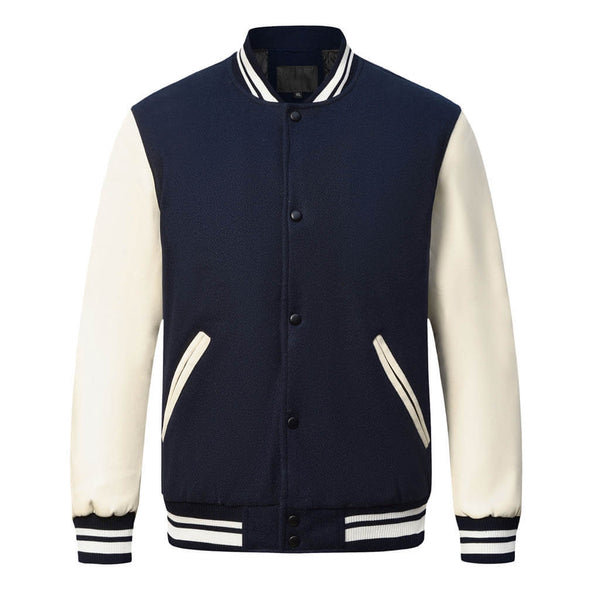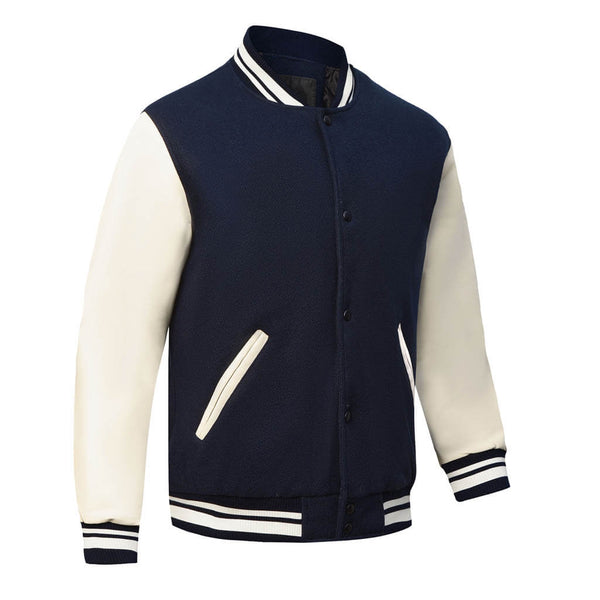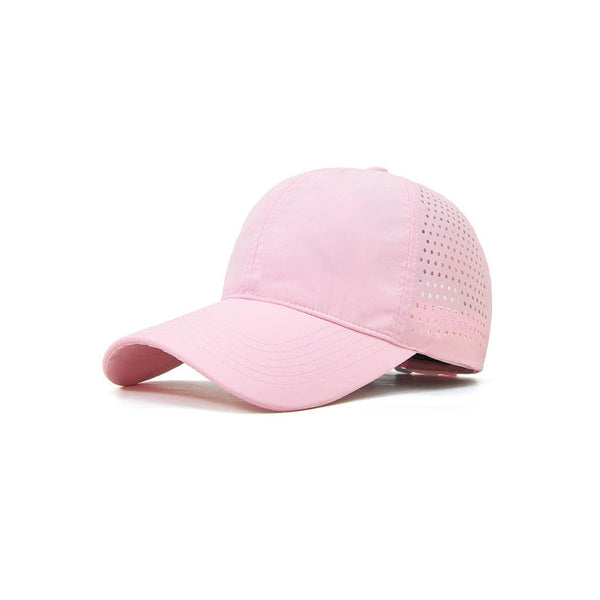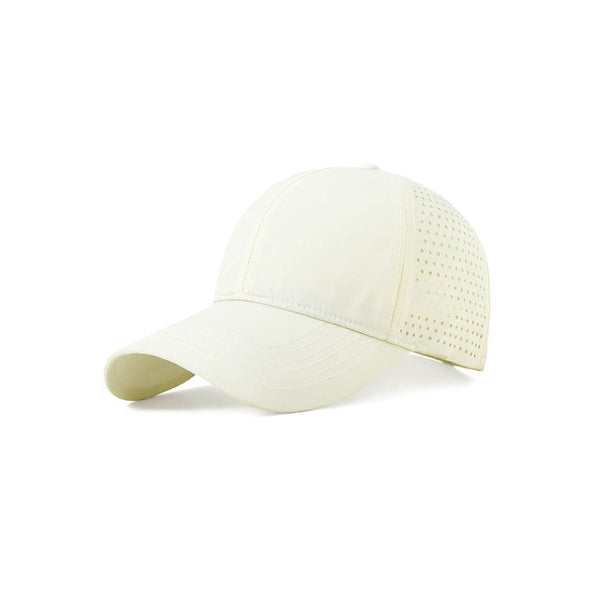Running in Winter: Gear, Tips, and Precautions
May 28 2024 – Power Rich

Even though the days are growing shorter and a crisp chill is entering the air, it's hard to ignore that urge to hit the pavement. With its frosty breath and snow-dusted trails, exercising outdoors offers a special kind of magic to those brave enough to put on a few extra layers. In this blog, we'll delve deeper into the pros and cons, discuss temperature tolerance, and provide a comprehensive guide on how to stay warm, safe, and comfortable while enjoying your winter run.
Is running in the cold good for you?
Running in the cold has a host of benefits, as well as some cautionary tales. Let's examine both sides so you can make an educated choice before you leave the house.
Boost Your Spirits
The end of the year often brings a touch of gloom, known as the "winter blues." But guess what? Running can be your secret mood-lifter. The fresh, crisp air and physical activity work wonders for your mental well-being, making the colder months more enjoyable.
Picture this: you step outside bundled up in your favorite cozy gear. With each stride, you can feel your muscles responding as your body warms up. Plus, those endorphins pack a good punch. They help your worries melt away, replacing them with a sense of happiness and contentment that can last long after your run is over.
Enhance Overall Fitness
Winter training isn't just about surviving the chill; it's a fantastic way to strengthen your heart and improve your endurance. It keeps your fitness levels up even in the coldest months and creates a challenge to keep things interesting.
Frostbite and Hypothermia
Now, let's talk about frostbite and hypothermia. If you're not properly bundled up, these situations can sneak up on you. But don't worry—you can easily keep them at bay. Just make sure you're dressed properly and stay vigilant for signs like numbness, shivering, or confusion. Being prepared and knowing your limits are the keys to having a safe and cozy winter run.
How cold is too cold to exercise outside?
So, how do you know what temperature is too cold to run in?
To provide a general guideline, the American College of Sports Medicine suggests exercising caution when it dropsbelow -18°F (-27°C). That's because, in such frigid temperatures, your body could be at risk of injury in as little as 30 minutes. And remember, the wind chill factor can make it feel even colder than it is, so always remember to consider that.
That being said, the perfect running temperature depends on you! The choice ultimately revolves around your comfort, the effort you put into preparation, and your endurance. But if you have medical conditions like asthma, you might be more sensitive to cold air, so it's a good idea to book a check-in with your doctor to chat about creating a winter running plan.
What is the bestway to stay warm outside?
Nobody likes when their fingers freeze or a chilly breeze nips at their ears. That's why dressing for the weather is the only way to stay comfortable during your winter training sessions. It may sound self-explanatory, but here are some friendly tips for running in the cold to help you on your way.
Suitable Fabrics
Choose fabrics that work in your favor. Look for moisture-wicking and breathable materials like polyester and merino wool. These materials will keep you dry and comfortable throughout your run. On the flip side, avoid cotton, as it tends to trap moisture and can make you feel cold, mainly when you're working up a sweat.
Running Layers by Temperature
Think of your clothing as your personal temperature control. Begin with a moisture-wicking running base layer to keep sweat away from your skin. Then, if you need a bit more warmth, add a long-sleeve insulating layer and top it off with a windproof and waterproof outer vest or coat. This strategy will allow you to adapt to changing conditions during your run, ensuring you stay focused on the road.
While staying warm is absolutely crucial, there's no need to dress like you're going to the Arctic. Remember, your body temperature will rise as you start running, so layering up too much can lead to overheating. Instead, try a bit of underdressing, adjusting by around 10-20 degrees. However, when it's both chilly and windy, you might want to bundle up to the max—or simply choose to cozy up indoors with a cup of hot chocolate!
Essential Accessories &Gear
Proper gear can make all the difference in staying warm and injury-free when you're running outdoors. Don't forget the essentials, such as a cold-weather running mask, a hat, gloves, warm socks, and running shoes with good traction to prevent slips and falls. We get it; it might sound like a lot, but as you get into the groove, you'll quickly figure out what works best for you.
Now, we know that finding the right gear can be overwhelming. That's why if you're looking for all-weather goods, check out our sports collection. From winter workout gloves to scarves and
Long-sleeved shirts and joggers for cold weather are available in our Running Gear Collection! Check them out now!
What to bring outside?
When you step out for your December runs, it's not just about the layers you wear. Here are a few other things you should consider bringing along.
Reflective Gear
With reduced visibility in the winter months, especially in the early morning and late afternoon, adding reflective clothing and accessories to your outfit is a smart move. This ensures you'll be seen by drivers and cyclists, making your runs safe even in low-light conditions.
Headlamp
Like reflective gear, a headlamp is your ally when it's hard to see. There's no need to worry about wet, cold, or dark conditions—running with a headlamp adds a new dimension of fun and adventure to your winter outings. With one on hand, you'll have no problem exploring new trails, ensuring every step is surefooted.
Hydration
Even though it's not hot outside, keeping up with your water intake is just as important to your body. You opt for an insulated water bottle to prevent your drinks from turning into ice blocks.
Alternatively, warm liquids like tea or hot water are excellent if you want to avoid sipping cold liquids during your workout.
Sunglasses
Shield your eyes from the glaring sun reflecting off the snow and any wind-blown debris with a trusty pair of sunglasses. Not only will they enhance your visibility, but they'll also keep your eyes safe from any potential harm. They're a great addition to your cold-weather fit!
Tips for running in cold weather
Set Friendly Goals
It's perfectly okay not to aim for the same performance levels when it's cold outside. Instead, set achievable and friendly goals for your winter runs. Be flexible in your approach, and remember to focus on the experience itself.
Weather Check-in
Deciding on the best weather to run in is up to you, so checking in on the conditions before you head out is essential. Always be prepared to adjust your plans if necessary, no matter how much you want to go out. In the face of severe conditions, it's wise to postpone your run or opt for an indoor workout to prioritize your safety.
Share Your Plans
Running in the snow is different from your average walk in the park. When the conditions are less predictable, giving a friend or family member a heads-up lets you run with confidence, knowing that someone is there to watch out for your well-being.
A Change of Scenery
Consider switching up your regular running route to dodge icy patches and winds. Safety always comes first, and a change in scenery can reduce the risk of slips and falls, ensuringyou have a hassle-free route.
Start with a Cozy Warm-Up
A good warm-up is a must in cold weather. Begin your routine indoors with dynamic stretches and light cardio exercises. This not only prepares your body for the chill but also minimizes the risk of strains and injuries.
Post-Run Pampering
After your run:
- Give your body the care it deserves.
- Quickly swap out of your sweaty clothes to ward off any unwanted chills.
- Treat yourself to a comforting hot shower or a bath with Epsom salts to warm up and soothe your muscles.
This post-workout routine not only speedsup your recoverybut also keeps you feeling good all winter long.
Get ready to go
Running in winter can be a rewarding experience, but as with any fitness routine, it's essential to approach it with thoughtful planning and care. With the right gear and these valuable tips, you can continue to enjoy the many benefits of exercising in cold weather. So remember to stay safe, keep cozy, and savor the wintery wonderland while you remain active and nurture your overall well-being. So, lace up those running shoes, step outside, and make your outdoor runs an unforgettable part of this season!


